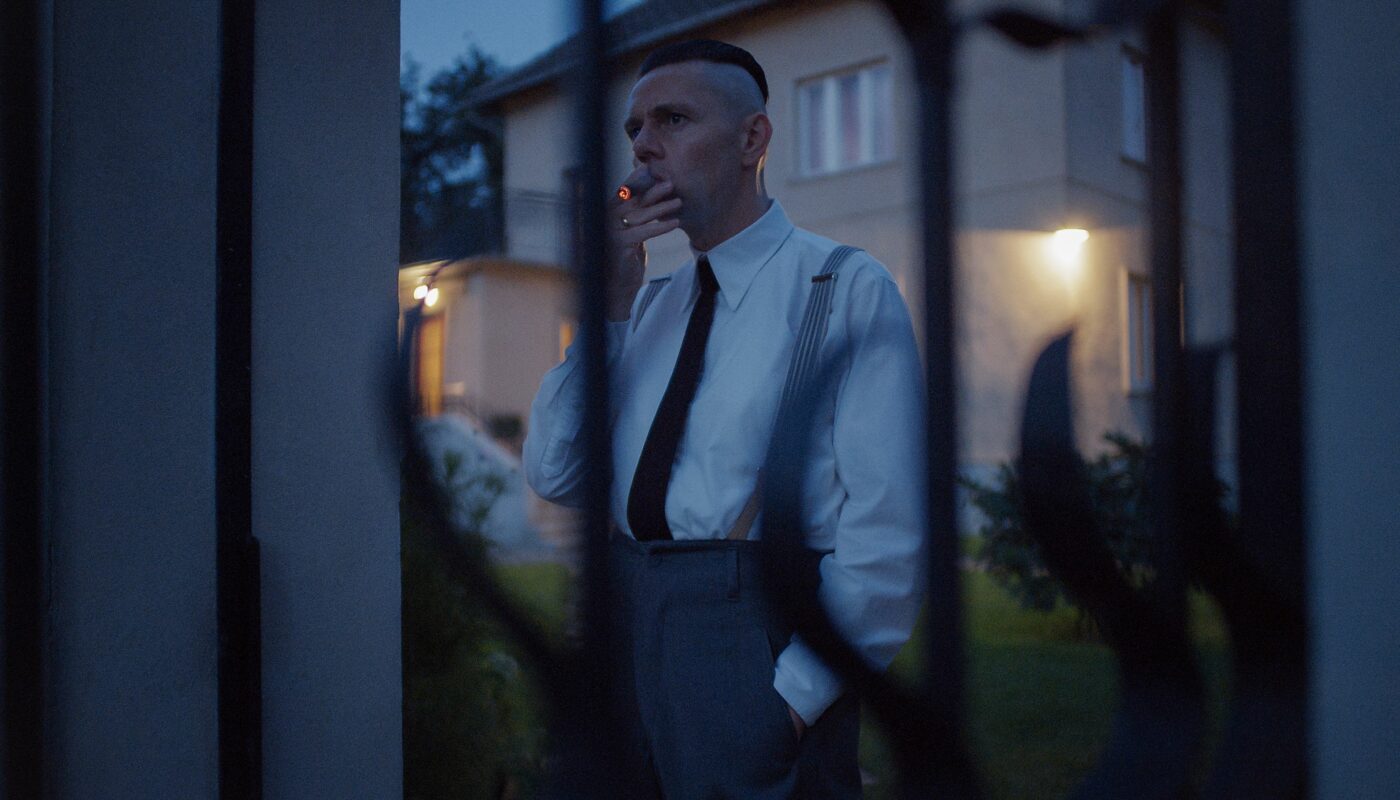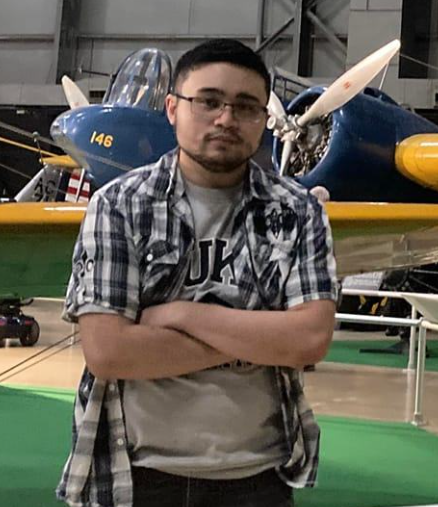Hannah Arendt coined the term “the banality of evil” after reporting on the trial of Adolf Eichmann, who helped facilitate the Holocaust as a member of the Schutzstaffel (SS).
Expecting to witness what she would’ve thought was a diabolical figure being raked over the coals by Israeli judges, Arendt was instead met with an Eichmann who was anything but extraordinary, a man so indistinguishable from the masses she wouldn’t have blinked twice had she caught a glimpse of him on a street.
The idea of such a seemingly ordinary man having committed one of the greatest crimes against humanity in history came as a shock to Arendt. For her, Eichmann was no great monster hiding in the shadows, but merely a man whose chief characteristic was complacency and who viewed his efforts in sending millions of people to their deaths in the same manner a clerk would file someone’s paperwork.
Jonathan Glazer’s “The Zone of Interest” is perhaps one of the most chilling depictions of this sort of banality ever put on film.
The movie centers on the daily lives of Auschwitz commandant Rudolf Höss (Christian Friedel) and his family, who have made their home right outside the walls of the concentration camp.
Depicting the Holocaust from the German perspective is not a novel concept, with films such as “Schindler’s List” or “The Boy in the Striped Pyjamas” having done so years prior.
What differentiates “The Zone of Interest” from other Holocaust films is its unwillingness to directly depict the atrocities being committed. Almost every frame of the film focuses on Höss or his family going about their daily routines. Instead, the atrocities are kept in the background, with smoke stacks being the prime visual motif that Glazer uses to remind the audience of the horrors occurring in the camp.
Shots filmed in the Höss’s yard often use the camp’s wall as the horizon line, delineating the boundary between the banality of family life and the organized slaughter occurring right over the wall. This juxtaposition is something the film’s marketers have taken into account, with one of the posters depicting the family’s garden as being enveloped in an endless void.
Sound design plays a strong role in this aspect, too. Viewers can frequently hear gunshots going off in the background, but the Hösses never react to it, having dismissed it as a normal everyday occurrence.
Despite this strong juxtaposition, the Höss family is almost utterly detached from what goes on in the camp. Aside from Rudolf who, as the commandant, is responsible for the camp’s operations, the only other person who reacts with any semblance of concern regarding the atrocities being committed is his mother-in-law Linna (Imogen Kogge), who leaves the family’s house after witnessing the furnace blowing at full strength from a bedroom window.

This level of detachment is perhaps best exemplified by an earlier scene where Rudolf’s wife Hedwig (Sandra Hüller) takes a basket full of clothes from prisoners in the camp and distributes it to her friends and family much in the same way one would shop and try on clothing. None of the people involved view the clothes as stolen goods or even something that at one point belonged to someone else, just a stack of clothing ripe for the taking.
The film’s most chilling scene occurs near the end, where Rudolf meets with other concentration camp commandants in Berlin to discuss their plans for exterminating Hungarian Jews. The way Glazer shoots the scene is almost reminiscent of a corporate-level board meeting discussing quarterly earnings, except in this instance it’s SS leadership playing with the lives of real human beings and writing them off as statistics.
Often we think of those who commit atrocities as being demonic in nature, an othering of a group we want to distance ourselves from as much as possible. Yet, as Glazer reminds us, crimes against humanity are often committed by people who we would otherwise consider rather mundane. Eichmann, Höss and other perpetrators of the Holocaust were not boogeymen who hid under beds, but human beings with their own complex emotions and internal lives. And that, perhaps, is the greatest monster of them all.


